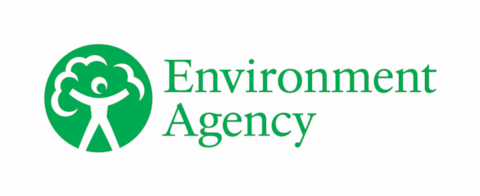Flame retardant scoping review: summary
Published 20 June 2025
Applies to England, Scotland and Wales
1. Chief Scientist’s Group report summary
This project was a scoping exercise to identify flame retardant (FR) substances manufactured and used in Great Britain (GB), and assess their market size, known or suspected dangerous properties (hazards), potential risks and regulatory status. The findings will help the Environment Agency to establish priorities for further assessment and help Government develop a strategic approach for FR substances on the market.
1.1 Background
FRs are extensively used around the world to prevent products from catching fire or to slow the growth of a fire once it has started. The Environment Agency published a report in 2003 to summarise existing information on FRs and prioritise them for further investigation of environmental concerns. Since then, the Environment Agency has contributed to various individual assessments of FRs and several FRs have become subject to risk management measures. Some UK stakeholders have asked for a renewed focus on FRs, and this report has been produced in response.
1.2 Approach
The information was gathered from regulatory databases and a limited literature review in consultation with industry and a project Advisory Group of stakeholders. The aim was to establish priorities for further assessment and help Government form a strategic approach for FRs on the GB market.
124 FRs were assessed, and prioritisation was based on the assumed supply volume on the GB market, hazards, and risk ranking using both generic exposure scenarios and monitoring data (covering the environment and humans exposed via the environment, for example through foodstuffs). Information about GB market size and uses was available for 73 substances.
1.3 Results
The analysis concluded that use in plastics was the most common application (57 substances; 78%). 52 substances (71%) were used in coatings, and 44 (60%) were used in textiles.
The hazard indicators are listed below (with the percentage of FRs which showed evidence of each type of hazard noted in brackets):
- persistence combined with potential to bioaccumulate, with or without toxicity (termed “PBT / vPvB”) (10%)
- toxicity to wildlife at very low concentrations (24%)
- toxicity to human health at very low exposure levels (30%)
- potential to cause endocrine disruption in humans or animals (20%)
- persistence combined with mobility in the environment, with or without toxicity (termed “PMT / vPvM”) (18%).
Around a third of the FRs have at least two of the hazards mentioned above.
The exposure modelling showed industrial use of FRs in production of flame-retarded textiles is expected to lead to higher estimated levels of chemical releases and potential risks at the local scale (i.e. near to a point source) compared to other possible sources. Many of the substances scoring highest in terms of potential risk were organophosphorus FRs. A limited survey of measured FR concentrations in the GB environment was also included.
1.4 Conclusions
The result is a list of individual substances for further investigation. Options have been presented to refine the information associated with quantities and use, refine the understanding of risks to the environment (or humans via the environment), and improve monitoring evidence on environmental concentrations in GB.
1.5 Publication details
This summary relates to information from the following project:
- Title: Flame retardant scoping review
- Project manager: Nat Tonge, Chemicals Assessment Unit, Chief Scientist’s Group
- Research contractors: Vitis Regulatory Limited and Logika Consultants Limited.
This project was commissioned by the Environment Agency’s Chief Scientist’s Group, which provides scientific knowledge, tools and techniques to enable us to protect and manage the environment as effectively as possible.
Enquiries: research@environment-agency.gov.uk.
© Environment Agency

